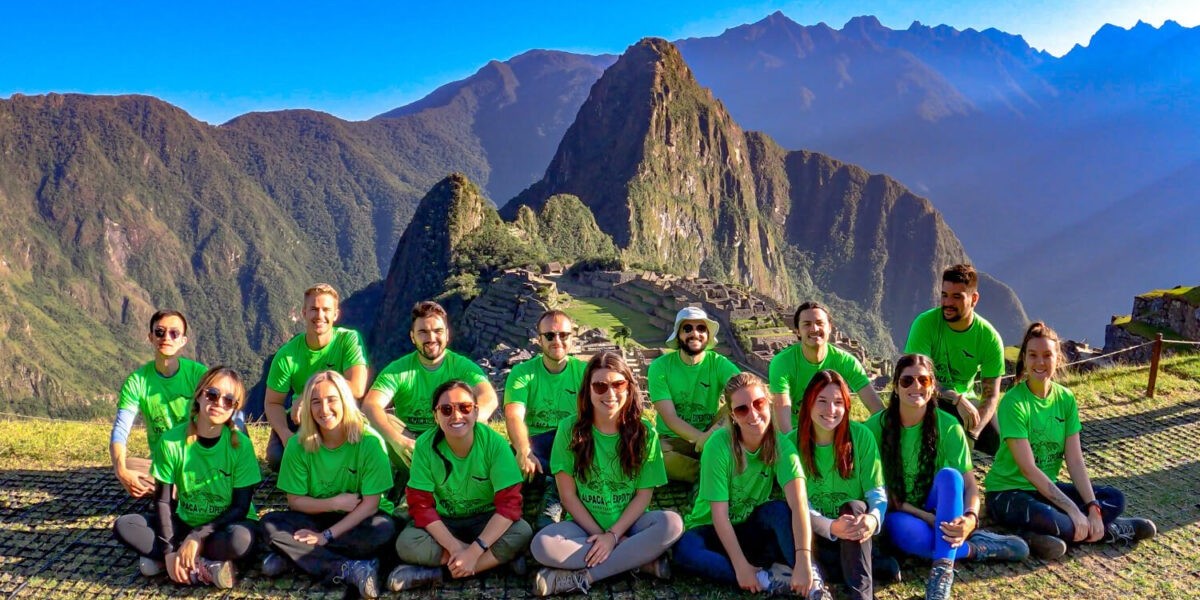Embarking on the iconic Inca Trail is a journey through time, tracing the footsteps of the ancient Incas to the majestic Machu Picchu. However, this adventure is not just a test of curiosity but also of physical endurance. Proper training for Inca Trail is crucial to ensure you make the most of this once-in-a-lifetime experience. In this guide, we’ll delve into the essential training tips and techniques to prepare you for the trail, ensuring you’re ready for every twist and turn.
Why Training for the Inca Trail is Essential
The Inca Trail is a rigorous trek that spans approximately 26 miles over four days, with an elevation gain that reaches up to 13,828 feet at its highest point. The terrain varies from steep ascents and descents to narrow paths and uneven stone steps. Without proper preparation, the physical demands of the trail can overshadow the beauty and wonder of the journey. This is why training for Inca Trail is not just recommended but essential.
Tailoring Your Training Plan
Cardiovascular Conditioning
Your heart and lungs need to be in top shape to handle the altitude and the physical exertion of the Inca Trail. Start your training at least three to six months before your departure date. Incorporate the following into your routine:
- Running and Hiking: Aim for 3-4 sessions per week, gradually increasing your distance and intensity.
- Stair Climbing: This will simulate the steep steps of the trail. Use a stair machine at the gym or find a local stadium.
- Interval Training: High-intensity interval training (HIIT) can boost your cardiovascular endurance and stamina.
Strength Training
Building muscle strength, particularly in your legs, core, and back, is crucial for carrying your pack and maintaining balance on uneven terrain. Focus on:
- Leg Workouts: Squats, lunges, and step-ups will strengthen your quadriceps, hamstrings, and calves.
- Core Exercises: Planks, Russian twists, and leg raises will help stabilize your body.
- Back Exercises: Deadlifts and rows will prepare your back for carrying a backpack.
Endurance and Flexibility
Endurance is key to surviving long days on the trail, while flexibility will prevent injuries and aid in recovery.
- Long Hikes: Once a week, go for a long hike, gradually increasing your distance. Try to simulate the conditions of the Inca Trail by carrying a loaded backpack.
- Yoga and Stretching: Incorporate yoga or a dedicated stretching routine to enhance flexibility and aid in muscle recovery.
Acclimatization
The high altitude of the Inca Trail can be a significant challenge. Acclimatization is a vital part of your training for Inca Trail. Plan to arrive in Cusco at least 2-3 days before your trek to adjust to the altitude. During this time, avoid strenuous activities, stay hydrated, and rest as much as possible.
Nutrition and Hydration
Proper nutrition and hydration are essential components of your training regimen and the trek itself.
- Balanced Diet: Consume a diet rich in complex carbohydrates, lean proteins, and healthy fats to fuel your training sessions.
- Hydration: Drink plenty of water throughout your training and the hike. Dehydration can exacerbate altitude sickness and reduce performance.
Mental Preparation
Mental fortitude is just as important as physical strength. The Inca Trail will test your limits, and staying positive and focused can make all the difference.
- Visualization: Visualize yourself successfully completing the trek. This can help build confidence and reduce anxiety.
- Mindfulness and Meditation: Practice mindfulness and meditation to improve mental clarity and reduce stress.
Gear and Equipment
Having the right gear is crucial for your comfort and safety on the trail. During your training, use the gear you plan to take on the hike to get accustomed to it.
- Footwear: Invest in a good pair of hiking boots and break them in during your training hikes.
- Backpack: Use a backpack that distributes weight evenly and is comfortable for long periods.
- Clothing: Dress in layers to manage varying temperatures and weather conditions.
Training for Inca Trail with Alpaca Expeditions
At Alpaca Expeditions, we understand the importance of thorough preparation for a successful trek. As the #1 tour operator in Peru, we pride ourselves on providing superior service and creating unique and memorable adventures all around Peru. We tailor each package and tour to fit your needs, whether you are a family with young children or a group of friends seeking adventure.
Our team offers detailed guidance and support to help you prepare physically and mentally for the Inca Trail. From pre-trip fitness tips to acclimatization advice, we ensure you are ready for every challenge the trail presents.
Sustainable and Responsible Trekking
We are committed to sustainability and responsibility. Our efforts to improve the lives of our team and their families with better wages and services extend to our clients as well. We strive to make your journey not just a trek but a meaningful experience that respects and honors the Inca traditions and the natural beauty of Peru.
Conclusion
Embarking on the Inca Trail is a remarkable adventure that requires dedication and preparation. By following a comprehensive training for Inca Trail program, you’ll be well-equipped to tackle the physical and mental challenges of the trek, allowing you to fully immerse yourself in the breathtaking landscapes and rich history of the Inca civilization.
Alpaca Expeditions welcomes you to visit Peru and experience the wonder of the Inca Trail. Our home is your next adventure, and we are here to ensure it is unforgettable. For more information and to start planning your journey, contact us today.







